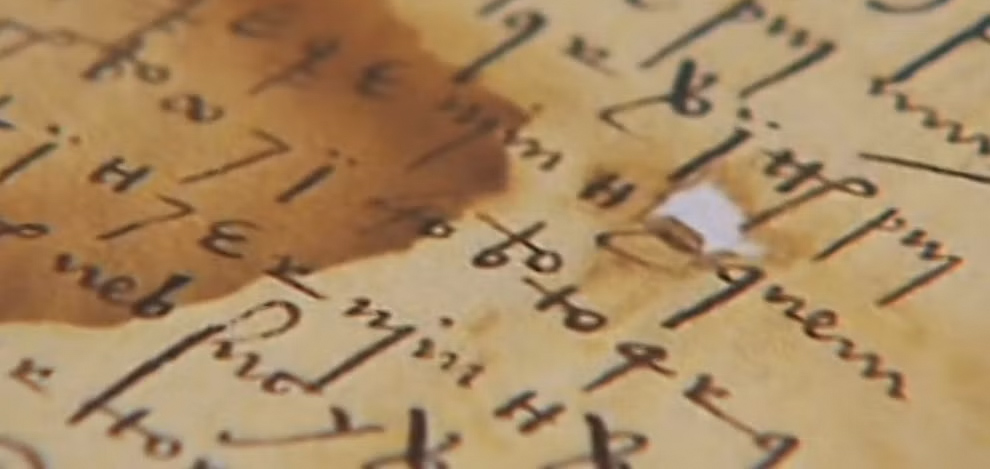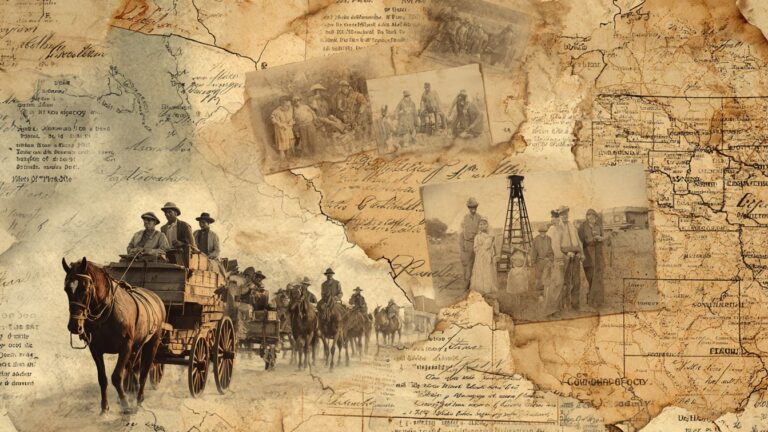
Understanding Spanish Abbreviations in Historic Documents
English-speaking researchers and historians working with Spanish documents, as well as native speakers unfamiliar with early Spanish handwriting, face two hurdles—understanding the handwriting and vocabulary, and grasping the records’ institutional, historic, social, and cultural context. The new book, Mastering Spanish Handwriting and Documents: 1520-1820, by George R. Ryskamp, Peggy Ryskamp and H. Leandro Soria, addresses these challenges. Multiple examples throughout the volume familiarize readers with records written in both Humanistic hand (italica) and the older, more difficult Secretary hand (cortesana or procesal), in the process giving users a deeper, more accurate, and more fulfilling research experience.
Along the way Mastering Spanish Handwriting and Documents: 1520-1820 provides users with a brief course in paleography and a history of the Spanish language itself. For example, as one can see from the following sample pages, a knowledge of abbreviations used in older Spanish documents is of great importance:




